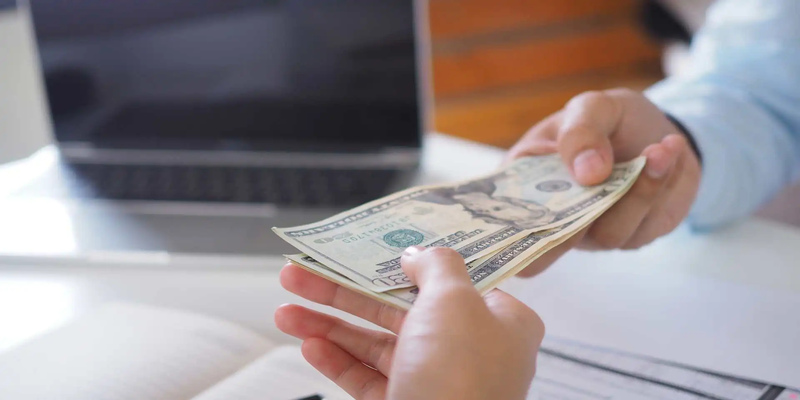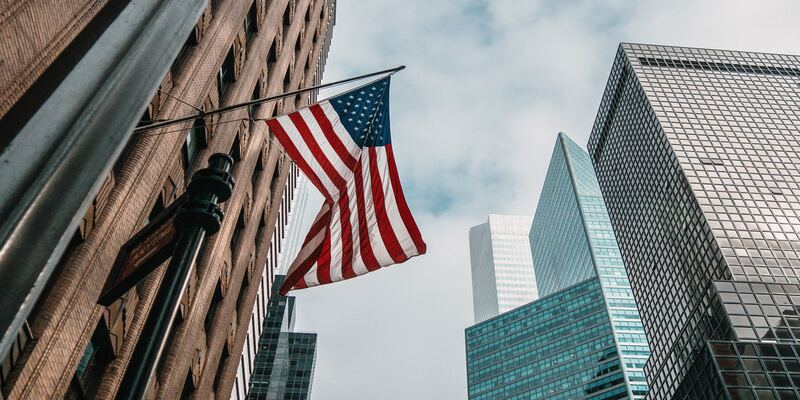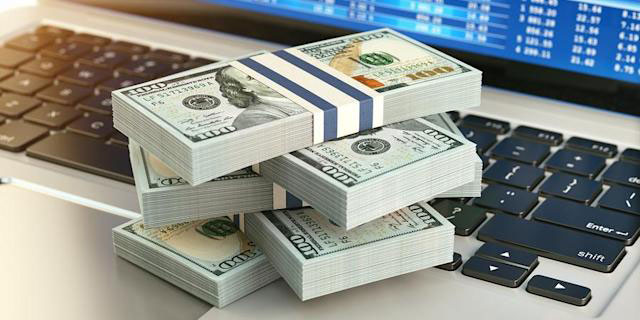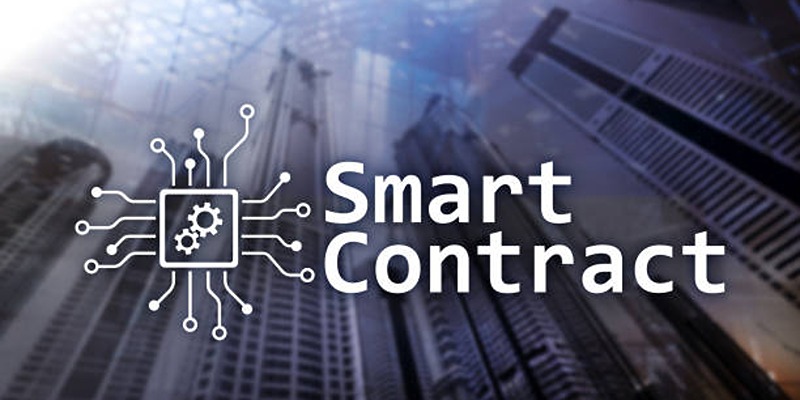Hawkish vs Dovish: Key Differences in Monetary Policy Approaches
Sep 17, 2024 By Pamela Andrew
The Federal Reserve is responsible for balancing unrestrained inflation and limited growth. "Hawkish" policymakers advocate aggressive tightening that controls prices but risks recession. As inflation rises, "dovish" policymakers emphasize patient accommodation that boosts employment. Changing economic conditions requires policy flexibility, not rigidity. The Fed uses discretion to temper overheating with interest rate hikes and escape downturns with stimulative acceleration. This instability hinders classification, and central banking requires precise balancing when comparing Hawkish vs. Dovish.
What are Hawkish and Dovish?

The main monetary policy debate is between Hawkish vs. Dovish. Hawks advocate higher interest rates to limit increasing prices, while doves prefer lower rates to boost economic growth and cut consumer and company borrowing costs.
Hawks like past Fed Chairs Paul Volcker and Jerome Powell raise rates, sell government bonds, and tighten the banking system to limit inflation, even if it hampers GDP. Their goal is low, stable prices. Doves like Janet Yellen prioritize lowering unemployment above inflation because inflation is less risky than economic contraction. They like rates that lower home, vehicle, and commodity borrowing prices.
Hawkish monetary policy can restrict economic development or produce a recession while lowering price instability and commodity speculation. The dovish view may accelerate short-term macroeconomic expansion but risk hyperinflation without controls. Both views have pros and cons for consumers, businesses, banks, and market stability. Central banks must assess these pros and cons based on inflation and economic conditions.
Differences of Monetary Policies of Hawkish vs. Dovish
Despite the comparison between Hawkish vs. Dovish, the Fed and other central banks must balance hawkish and dovish views when setting monetary policy. Economic conditions change; therefore, policy cannot be fixed on one side of this spectrum.
A weakening economy needs stimulus and liquidity; therefore, dovish policies may work best. When GDP, consumption, and employment accelerate, hawkish actions may be required to limit inflation and overheating. FOMC votes will differ, but central bankers may balance policy disparities over time by knowing them.
Hawkish Monetary Policy
Even if it slows economic growth, hawkish monetary policy raises interest rates to limit money supply to battle increasing prices. FOMC hawks think the central bank should prioritize inflation control. Hawkish policies employ strategies like:
- Federal funds rate hike;
- Bank reserves tightened by selling government securities;
- Bank reserve requirements rising.
Higher interest rates limit demand for goods and services, lowering inflation by raising borrowing and spending costs. Though this slows GDP growth, hawks prioritize low, steady pricing.
Dovish Monetary Policy
When answering what is Dovish, it is important to discuss its monetary policy. Doves stimulate economic activity by keeping rates low and increasing the money supply. They value growth and jobs over inflation control.
Doves believes policymakers should boost low rates while somewhat controlling inflation. If GDP accelerates, expansionary policies risk demand-pull inflation. Despite relatively rising inflation, dovish policymakers encourage growth and lower unemployment. Tools for dovish monetary policy:
- Federal funds rate reduction;
- Buying government securities to boost bank reserves;
- Reserve reduction for financial organizations.
Hawkish and Dovish Policy Effects

Hawkish and dovish monetary policies affect inflation, growth, jobs, and more. Hawkish measures like raising interest rates and limiting money supply curb increasing prices. However, they hinder economic growth, threaten rising unemployment, and reduce lending and investment incentives. While dovish policies boost the economy and jobs, they also increase demand-pull inflation if not monitored. Markets react to Federal Open Market Committee hawks and doves switching interest rates. Rates affect commodities, consumer borrowing, stocks, bonds, currencies, etc. Thus, finding the right equilibrium has many effects.
To Save
Raising interest rates to fight inflation and stabilize the economy is called hawkish monetary policy. Higher interest rates boost savings accounts, CDs, bonds, and other interest-bearing asset returns, benefiting savers. These investments may appeal to savers due to increased yields. Slower economic growth frequently comes with tighter monetary policies.
Rising interest rates raise borrowing costs, which reduces consumer spending and company investment, slowing economic growth. It can hurt stock investors. Higher interest rates can depress business profits and share values, hurting equity investors. Thus, while hawkish policies favor savers, they may threaten stock market players.
For Spenders
Hawkish policies raise interest rates, costing consumers and borrowers. Car, mortgage, and credit card borrowing costs rise. Lower consumer spending decreases demand. Low and stable inflation preserves long-term purchase power.
For Investors
The hawkish policy encourages investors to buy fixed-income instruments with higher assured returns as rates increase. Economic development may slow. Equities benefit from dovish policy's low rates but lower steady interest yields. Investors consider risk, return, and asset implications.
When Do Feds Opt For Hawkish or Dovish?
Based on economic statistics, the Federal Reserve sets interest rates and takes hawkish or dovish attitudes. When inflation accelerates or exceeds targets, the Fed adopts hawkish, contractionary policies and hiking rates to control prices. This raises borrowing costs, reducing consumer spending and economic growth to reduce inflation.
When GDP slows or recession risks rise, the Fed adopts a more dovish, expansionary policy. Lower interest rates boost brokerage activity, corporate investment, economic growth, and job creation. Central bankers examine policy regularly and switch between hawkish and dovish positions depending on the economy. The Fed wants moderate inflation, high employment, and GDP growth.
As conditions and indications change, interest rate adjustments and other levers balance these goals by shifting between tighter and easier monetary policy. The Fed is ready to change to hawkish if the dovish risks overheating or dovish if the hawkish hurts growth and jobs.
Special Considerations
Controlling inflation and boosting growth are complex monetary policy issues. "Hawkish" policymakers raise interest rates, tighten financial institutions, and risk slower expansion to keep inflation low. "Dovish" policymakers moderately tolerate rising inflation to boost the economy, jobs, and credit with low rates.
Central banks must balance these positions as conditions change. Price stabilization may necessitate the question of what is hawkish in an overheating economy, and tightening too much may also slow recovery. Moderate inflation promotes sustainability. Central banks decide the best policy calibration to maintain stable prices and prosperity through debate and data analysis. Prudent monetary decisions will continue to be influenced by complicated dovish-hawkish factors.

How Significantly Do Student Loans Impact Credit Scores?

What Is A Buyer's Agent?

Travelers Life and Annuity Company Review and Analysis

Deciphering Insurance Underwriters: Unveiling Their Roles and Responsibilities

5 Top-Notch Personal Loans In Pennsylvania You Must Consider

Unveiling the Strengths of North American Annuity: A Comprehensive Review

A Guide to International Payment Methods for Global Transactions

EverBank Review 2024: A Detailed Look at Its Services and Features

Honeywell Money

Do Insurance Companies Pay for Marriage Counseling?

Factors To Consider Before Applying For A Mortgage
